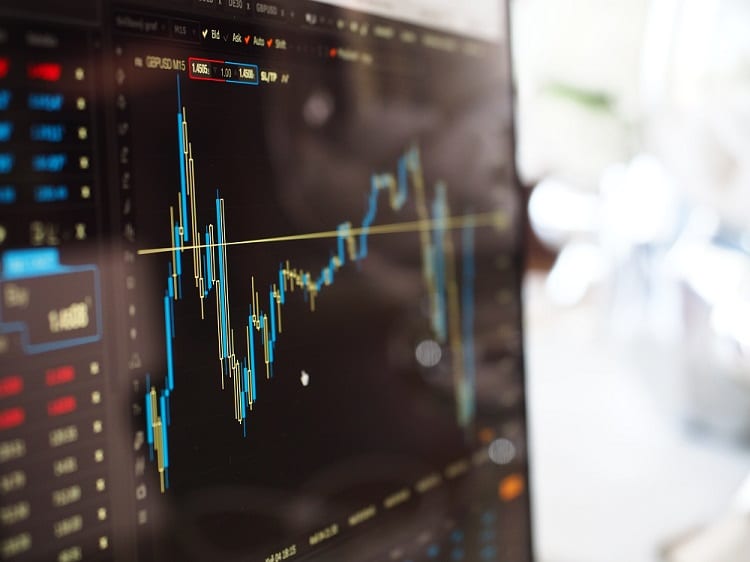Unlike the calm market conditions of 2017, 2018 has so far presented a tough, volatile market landscape. The volatility index (VIX), surged about 80% during the first quarter. Headlines, like “U.S. Stocks End Worst Week in Years”, “The Unseen Forces Behind the Market’s Plunge”, and “Volatility Roars Back With Biggest Quarterly Rise Ever”, started to appear on front pages of major news providers. And this has been a challenging year so far not just for U.S. stocks, but for global stocks, bonds, real estate, and commodities – with most asset classes ending the first five months of the year in the red.

Bonds
The first quarter of 2018 has been decidedly negative for fixed income markets. Interest rates and bond prices have an inverse relationship, so as interest rates rise, the price of bonds generally falls. Anxiety about rising interest rates, with interest rates rising across all bond maturities led to negative performance in fixed income markets during the first quarter. The new Federal Reserve Chairman, Jerome Powell, has indicated that the Fed could raise interest rates up to four times this year. As U.S. inflation posted a stronger increase in nearly a year in February, there is anticipation that the Fed could pick up the pace of interest rate increases.
Equities
The era of market calm that has been present in the equity markets for the past three years officially ended in the first quarter of this year. In addition to large daily and weekly drops, we have observed intense intra-day volatility as well, with stocks dramatically fluctuating up and down within a single day as investor emotions ran high. The biggest losses were suffered by tech stocks and financials, which were actually the biggest contributors to the stock market run up in 2017. And, though over the long term, equities are a good inflation hedge, in the short term inflation and rising interest rates could be troubling for highly debt-reliant companies. Since March, concerns about potential trade wars continued to further stoke the volatility in the already unstable markets.
Real Estate
The publicly traded real estate sector has had a rather rough year, with weakness starting in 2017. Like bonds, real estate investment trusts were also negatively affected by rising interest rates as the dividend income is worth less in a rising interest rate environment. In addition, the change in retail trends as traditional malls go out of style in favor of urban shopping centers and online shopping has caused performance in this sector to greatly vary by the type of real estate.
International Markets
Increasing concern about slowing global economic growth contributed to weakness in international markets. In January, the World Bank came out with forecasts of slowing global economic growth in the longer term. European markets were rattled in May by political instability in Italy. Growth in Europe and Asia are expected to slow down in 2018 versus 2017 numbers, while some emerging markets are expected to accelerate.
Despite the challenges, we believe that rising interest rates will ultimately benefit savers by providing higher yields for short-term bond instruments. Additionally, volatility presents an opportunity for active management to outperform. We look forward to better buying prospects ahead.
